
Introduction: Why Kratom Seeds Are Trending in 2024
In 2025, kratom is more than a herbal supplement—it’s a movement. From capsules and powders to teas and tinctures, kratom has made its way into the wellness routines of thousands worldwide. But now, a new trend is taking root: growing kratom seeds at home from seeds.
This comprehensive guide explores everything you need to know about kratom seeds—what they are, how to grow them, and the benefits and challenges of cultivating your own kratom trees.
🌿 What Are Kratom Seeds?
Kratom seeds come from the Mitragyna speciosa tree, a tropical evergreen native to Southeast Asia—particularly Thailand, Indonesia, Malaysia, and Papua New Guinea. These trees produce large, oval-shaped seed pods containing dozens of tiny seeds, each capable of sprouting into a kratom tree under the right conditions.
Kratom seeds are extremely delicate. Unlike many other plant seeds, they lose viability within days of leaving the pod. This makes sourcing fresh seeds the single most important step in your cultivation journey.
🔍 Why People Are Searching for Kratom Seeds
1. Self-sustainability
Consumers want to take control of their kratom supply and ensure it’s organic, pesticide-free, and personally nurtured.
2. Cost-saving potential
Buying kratom regularly can get expensive. A homegrown tree, once mature, can yield leaves for personal use—significantly reducing long-term costs.
3. Curiosity and experimentation
Hobby gardeners and ethnobotanical enthusiasts are drawn to the challenge of growing a notoriously tricky plant.
4. Limited availability
Fresh, viable kratom seeds are hard to come by, increasing their demand and making them a sought-after commodity in the botanical world.
🌧️ The Challenge: Why Kratom Seeds Are Hard to Germinate
Kratom seeds have extremely low germination rates—even under ideal conditions. Here’s why:
Short viability window: Seeds lose viability within 5–10 days of harvest.
Humidity and temperature dependency: Kratom is native to hot, humid climates.
Specialized soil and light needs: Kratom requires rich, well-draining soil and filtered sunlight.
Despite the odds, successful germination is possible with timing, patience, and the right strategy.
🌱 How to Grow Kratom from Seeds: Step-by-Step
Step 1: Get Fresh Seeds
Always source seeds directly from reputable Southeast Asian farmers or vendors.
Confirm harvest date (must be within 1–2 days of shipping).
Step 2: Prepare the Environment
Temperature: Maintain between 75°F and 90°F.
Humidity: Keep it above 70% at all times.
Use a propagation dome, grow tent, or a humidity tray.
Step 3: Soil Composition
Use a custom mix:
40% coconut coir
40% perlite
10% worm castings
10% organic compost
pH should be slightly acidic—between 5.5 and 6.5.
Step 4: Sow Seeds
Sprinkle seeds on top of moist soil.
Do not bury them—kratom seeds require light for germination.
Mist lightly with water.
Cover with a humidity dome or plastic wrap.
Step 5: Lighting
Provide indirect sunlight or use grow lights.
Avoid direct harsh light during early stages.
Step 6: Wait and Watch
Germination can take 1 to 3 weeks.
Do not overwater—soil should be moist, not soaked.
Step 7: Transplanting
Once seedlings grow 3–4 inches tall and develop a few leaves:
Transplant to a larger pot.
Gradually introduce to outdoor conditions (if climate allows).
🌴 Mature Kratom Tree Care
Once your plant is established, follow these best practices:
✅ Watering
Water regularly to mimic tropical rainfall.
Allow soil to partially dry between watering.
✅ Sunlight
Kratom thrives in filtered or dappled sunlight.
Too much direct sun can burn leaves; too little can stunt growth.
✅ Feeding
Use organic fertilizers high in nitrogen.
Apply monthly during growing season (spring and summer).
✅ Pruning
Prune to encourage a bushier plant.
Harvesting leaves regularly helps maintain shape and boosts new growth.
🧠 Benefits of Growing Kratom at Home
Full control over quality and growing conditions
Chemical-free, pesticide-free harvesting
Long-term cost savings for kratom enthusiasts
Personal satisfaction from growing a rare tropical tree
Potential educational opportunity for botanical science lovers
⚠️ Drawbacks and Legal Considerations
Legal status varies by country, state, and city.
Some regions ban possession or cultivation of kratom.
Homegrown kratom may not match the alkaloid content of commercial-grade kratom due to climate differences.
Plants take 2–3 years to reach maturity for significant leaf yield.
Always check local laws before purchasing or planting kratom seeds.
🌎 Can You Grow Kratom Outdoors in the U.S.?
Kratom trees are best suited for USDA Zones 9–11, including:
Florida
Southern Texas
Hawaii
Coastal California
In colder climates, grow indoors using:
Grow tents
Humidity domes
Heat lamps
💡 Expert Tips for Higher Germination Success
Buy in bulk to increase the chance of viable seeds.
Germinate immediately upon arrival.
Use bottom heating mats to maintain optimal temperature.
Avoid contamination with sterile planting materials.
Label everything—track batch dates and conditions.
🌿 Kratom Alternatives for Home Growers
If germination from seed proves too difficult, consider:
Kratom cuttings (clones with higher success rates)
Greenhouse starts (young saplings already sprouted)
Buying mature plants from botanical shops (where legal)
These methods skip the tricky seed germination phase.
🔄 Seeds vs. Cuttings: Which Is Better?
FeatureSeedsCuttingsViabilityVery short (1–5 days)Longer (up to weeks)Germination rateExtremely low (<10%)Moderate to high (50–70%)Skill requiredAdvancedIntermediateGenetic diversityHighLow (clones of mother plant)CostLowModerateTime to harvest2–3 years1.5–2 years
🔮 The Future of Kratom Seeds
As kratom’s popularity grows globally, there’s increasing interest in self-sustaining cultivation practices. Companies are investing in better propagation technologies, while forums and communities are sharing tips to improve germination success.
In 2024 and beyond, expect to see:
Improved seed packaging for freshness
Community-based kratom growing clubs
Legislation updates across North America and Europe
Innovation in indoor kratom farming
🙋♀️ Frequently Asked Questions (FAQs)
❓ Are kratom seeds legal in the United States?
Kratom seeds are legal in most U.S. states, but a few states and cities (like Alabama, Indiana, and San Diego) ban all forms of kratom. Check your local laws before purchasing or planting.
❓ How long do kratom seeds take to sprout?
Germination typically occurs within 7 to 21 days, but this depends heavily on freshness, humidity, and temperature.
❓ Can I grow kratom indoors?
Yes, kratom can be grown indoors in a humidity-controlled and heated environment, especially in colder regions. Grow tents or greenhouses are ideal.
❓ How do I know if my kratom seeds are fresh?
Fresh seeds usually have a light tan or golden color, and reputable vendors will indicate the harvest date. Seeds should be planted immediately upon arrival.
❓ What is the success rate of germinating kratom seeds?
Even under optimal conditions, germination rates are low—around 10% or less. Many growers sow hundreds of seeds to yield just a few successful plants.
❓ When can I start harvesting leaves from my tree?
Kratom trees typically reach harvestable maturity in 2 to 3 years, though small prunings can begin after the first year.
❓ Can I use kratom seeds from store-bought kratom pods?
Unlikely. Most commercial kratom comes in dried, processed form, and seeds (if present) are non-viable by the time of sale.
🧾 Final Thoughts: Is Growing Kratom from Seeds Worth It?
Growing kratom from seeds is not for the faint of heart. It’s a test of patience, precision, and passion. But for those willing to accept the challenge, it offers an unmatched connection to the plant—and a deeply personal supply of this sacred Southeast Asian botanical.
If you’re looking for a rewarding (albeit complex) gardening project in 2024, kratom seeds just might be the deep-rooted journey you’ve been searching for.

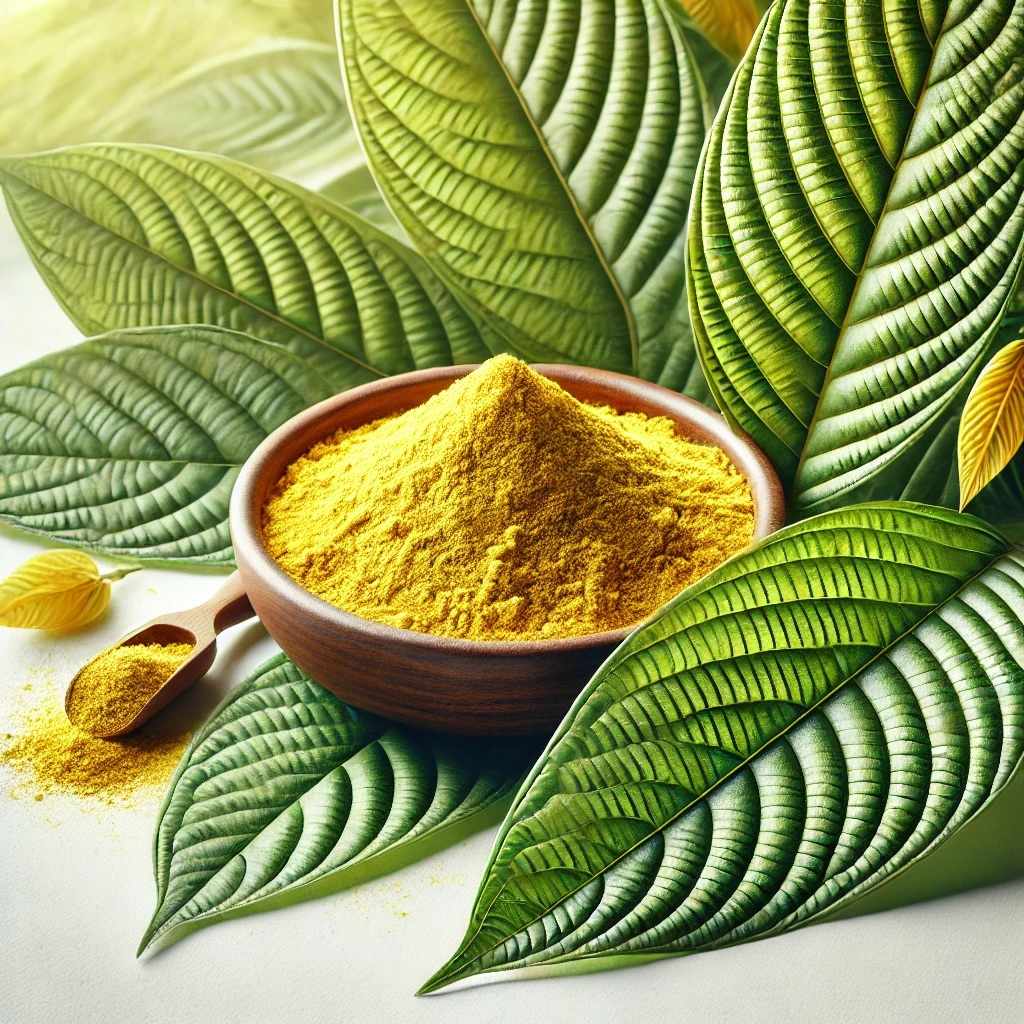
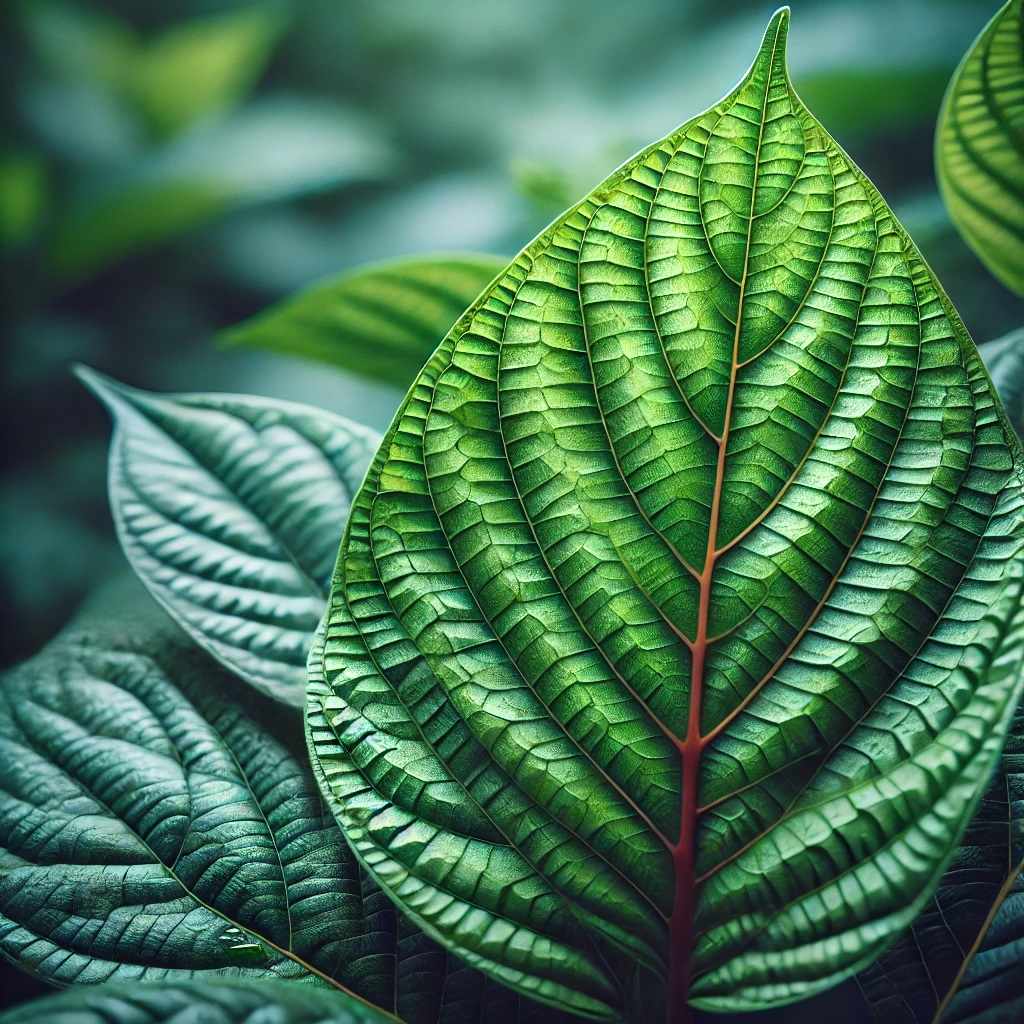
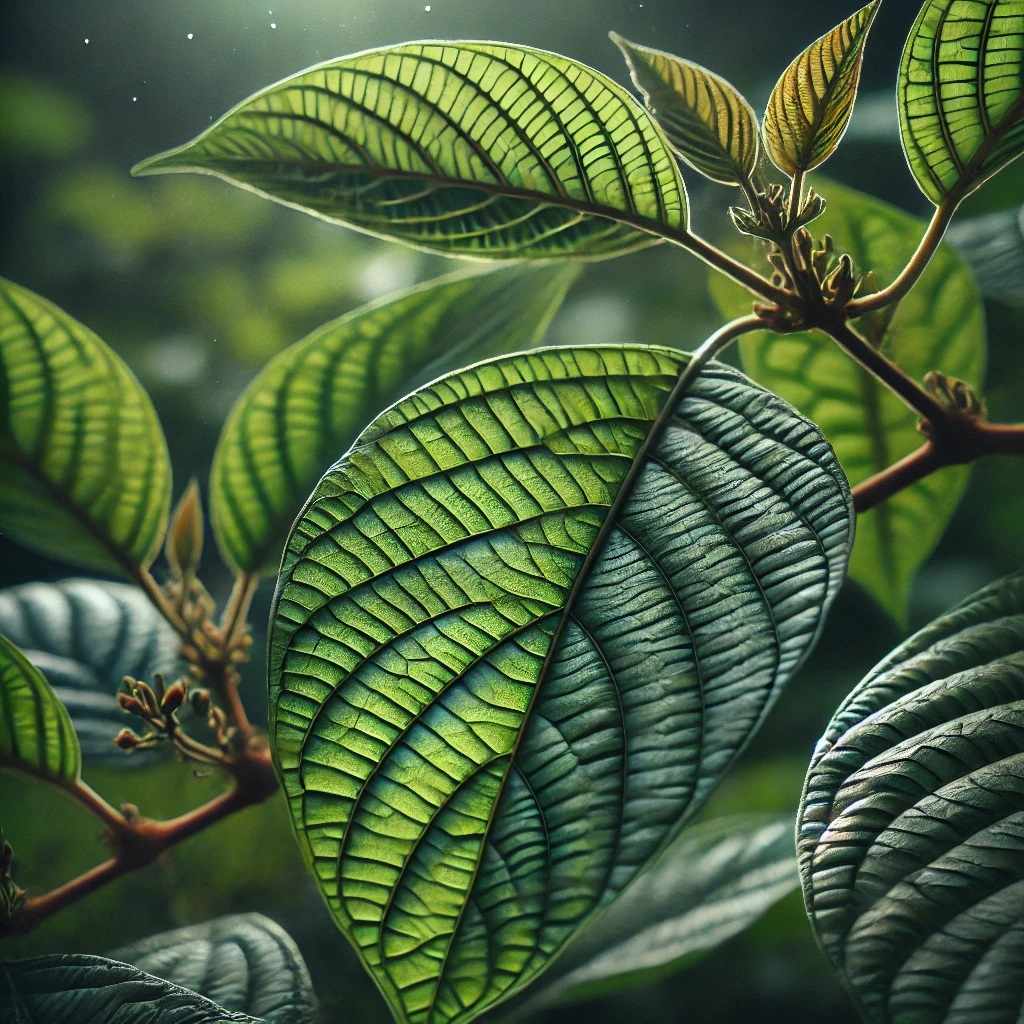

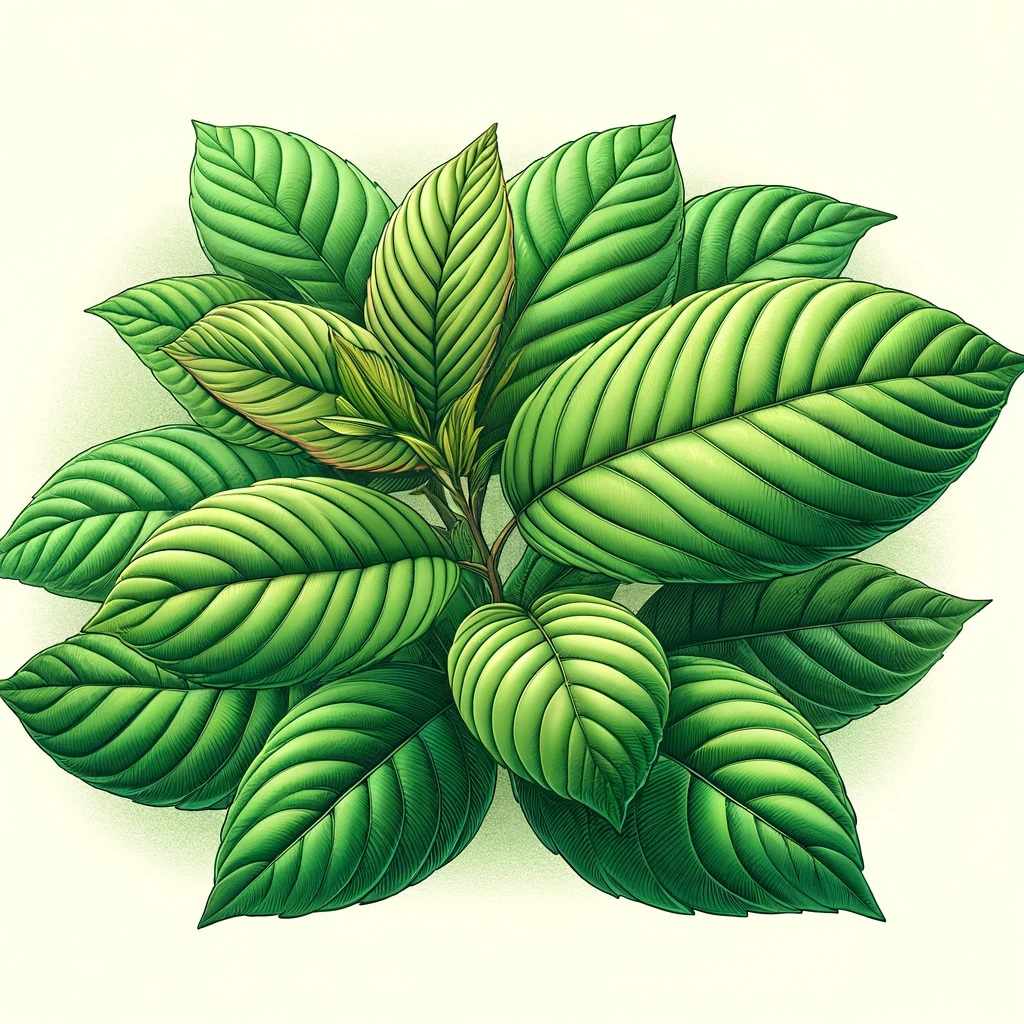
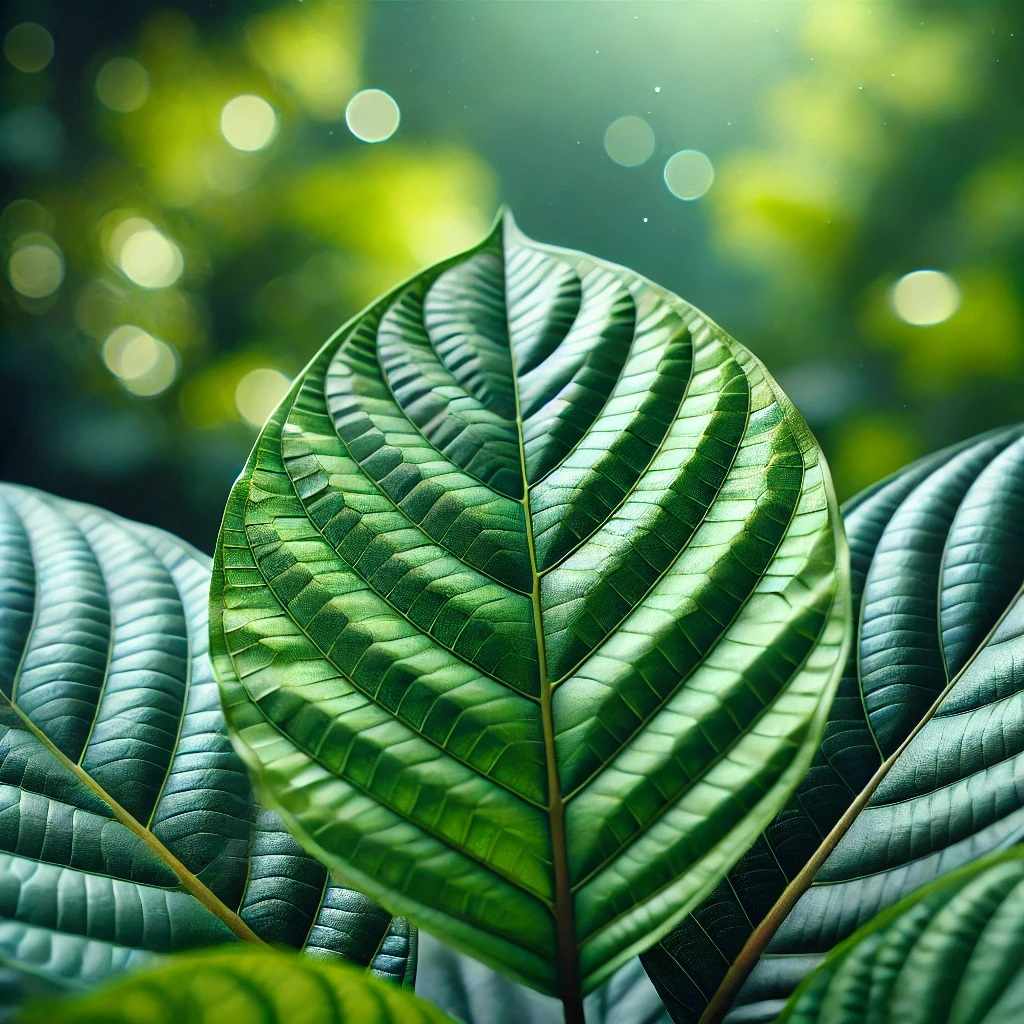
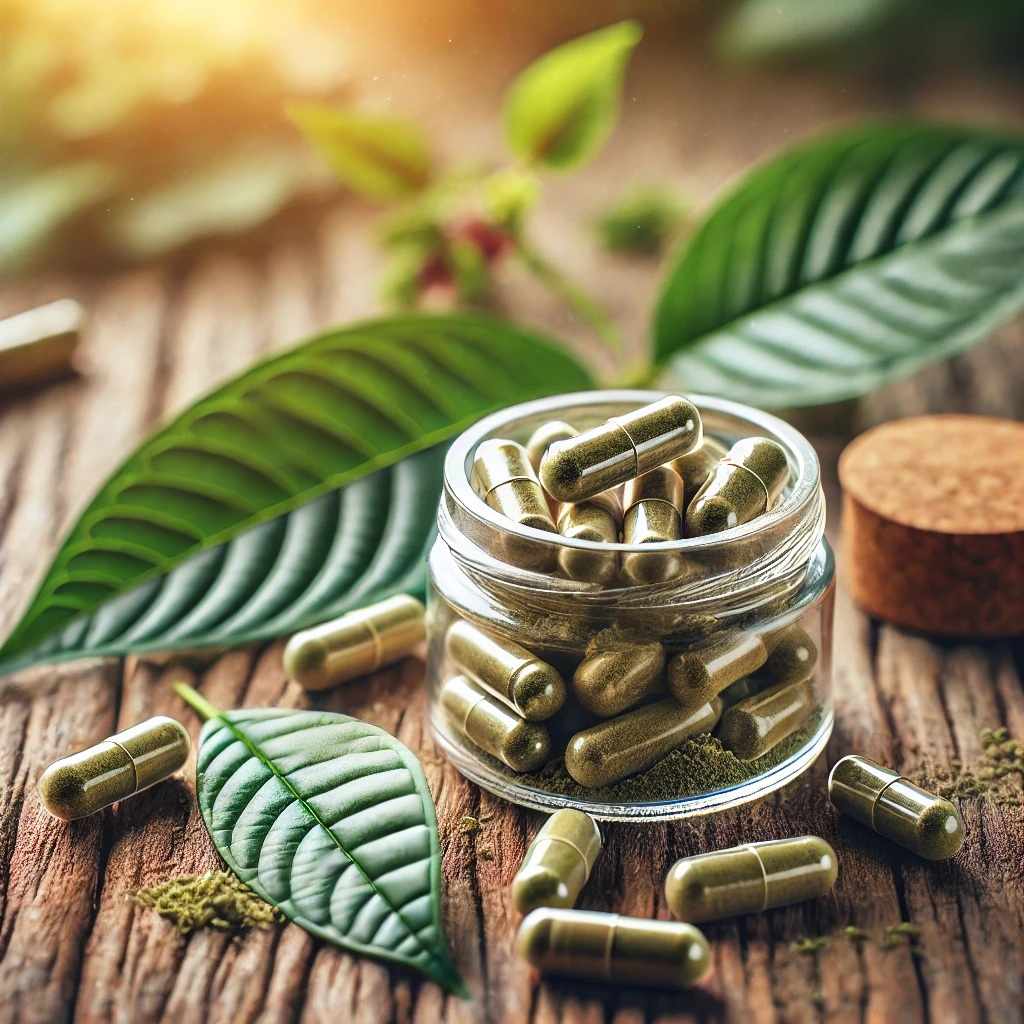
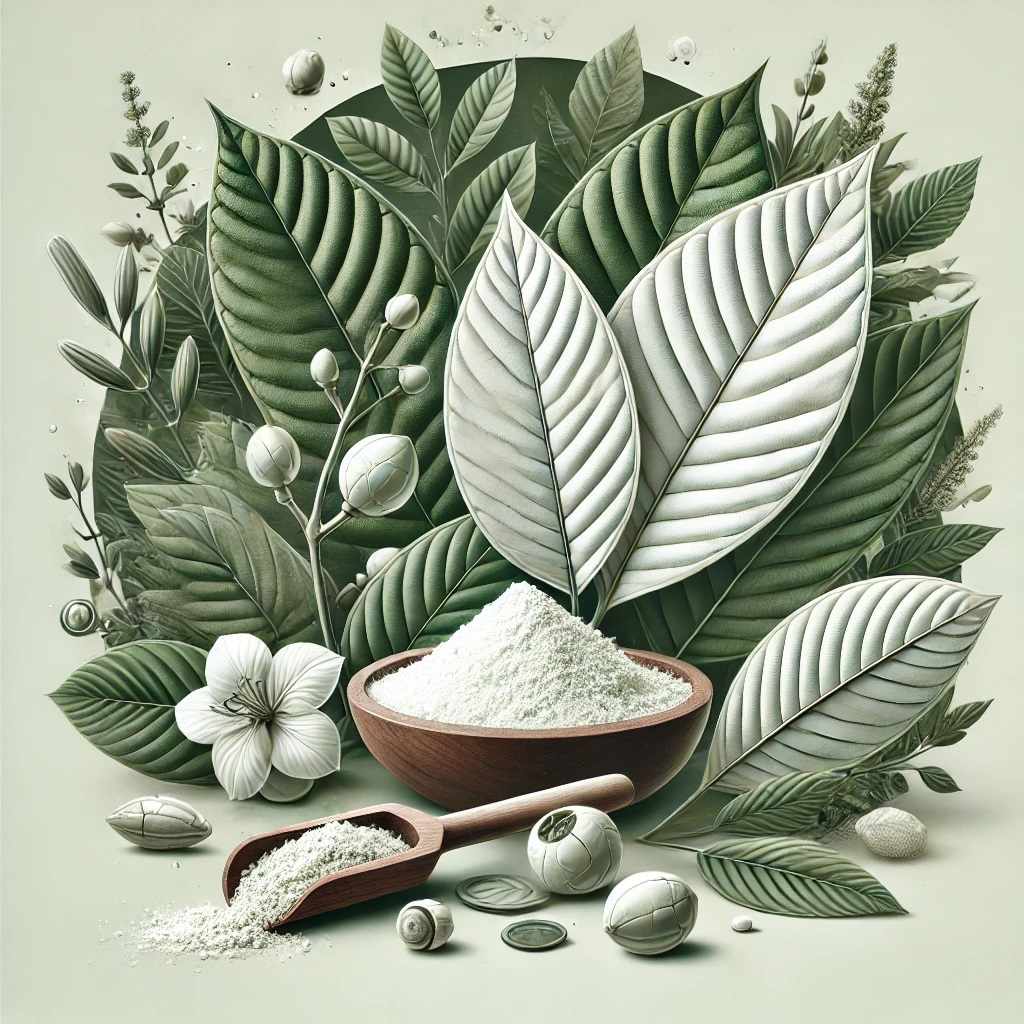
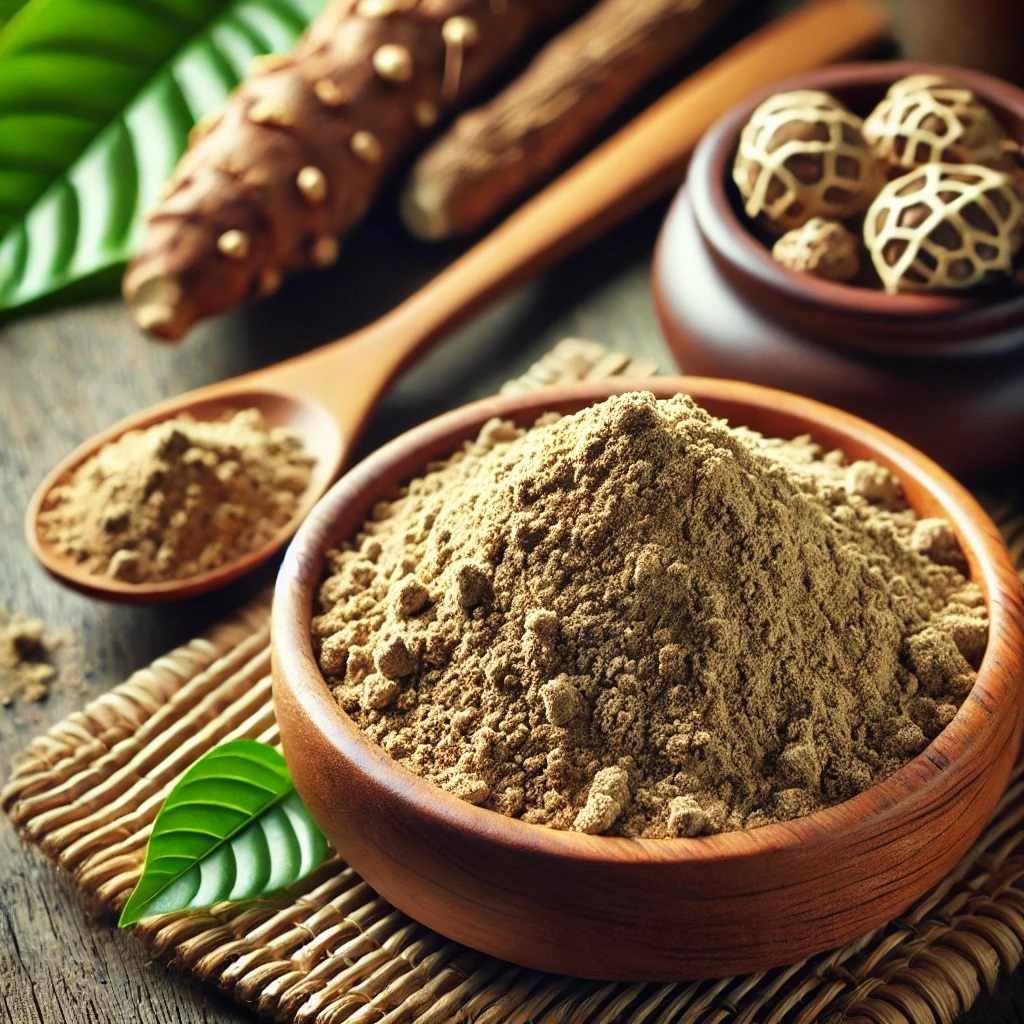

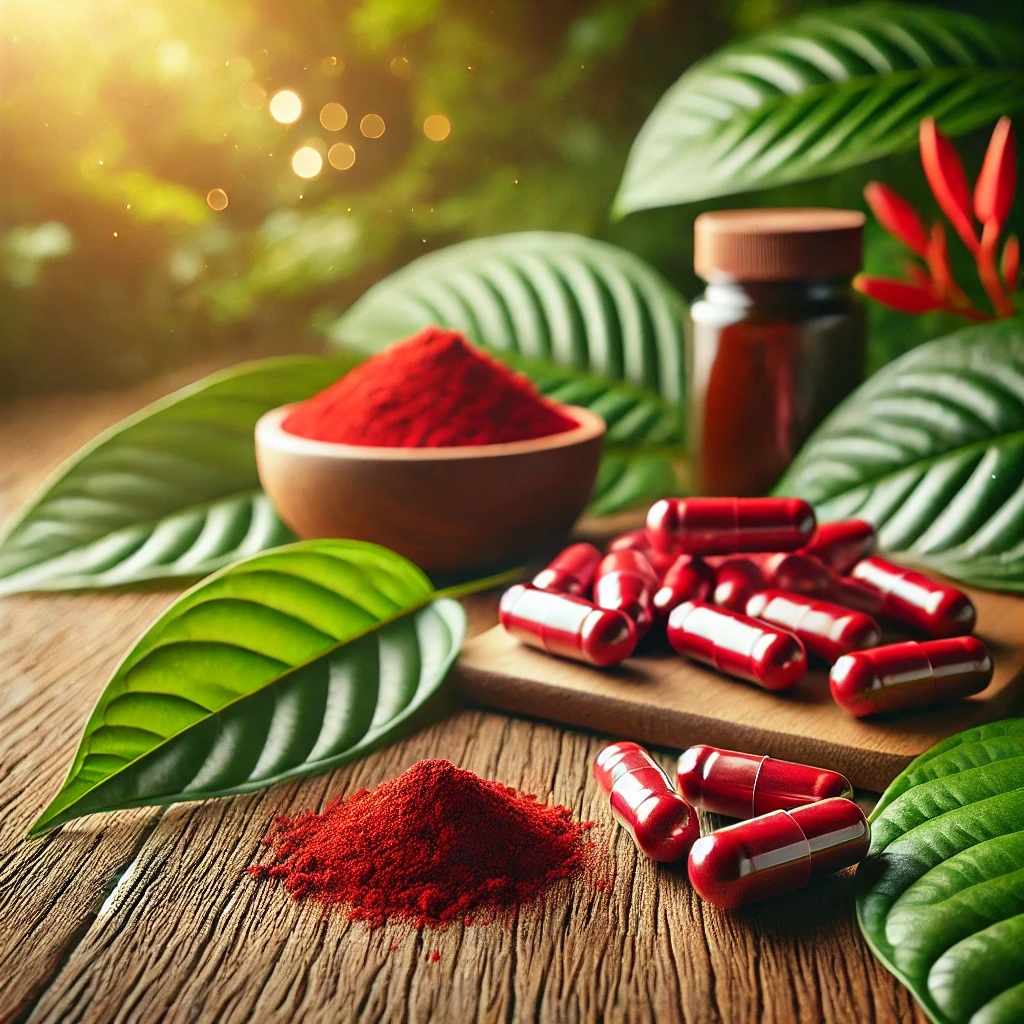








Write a comment ...